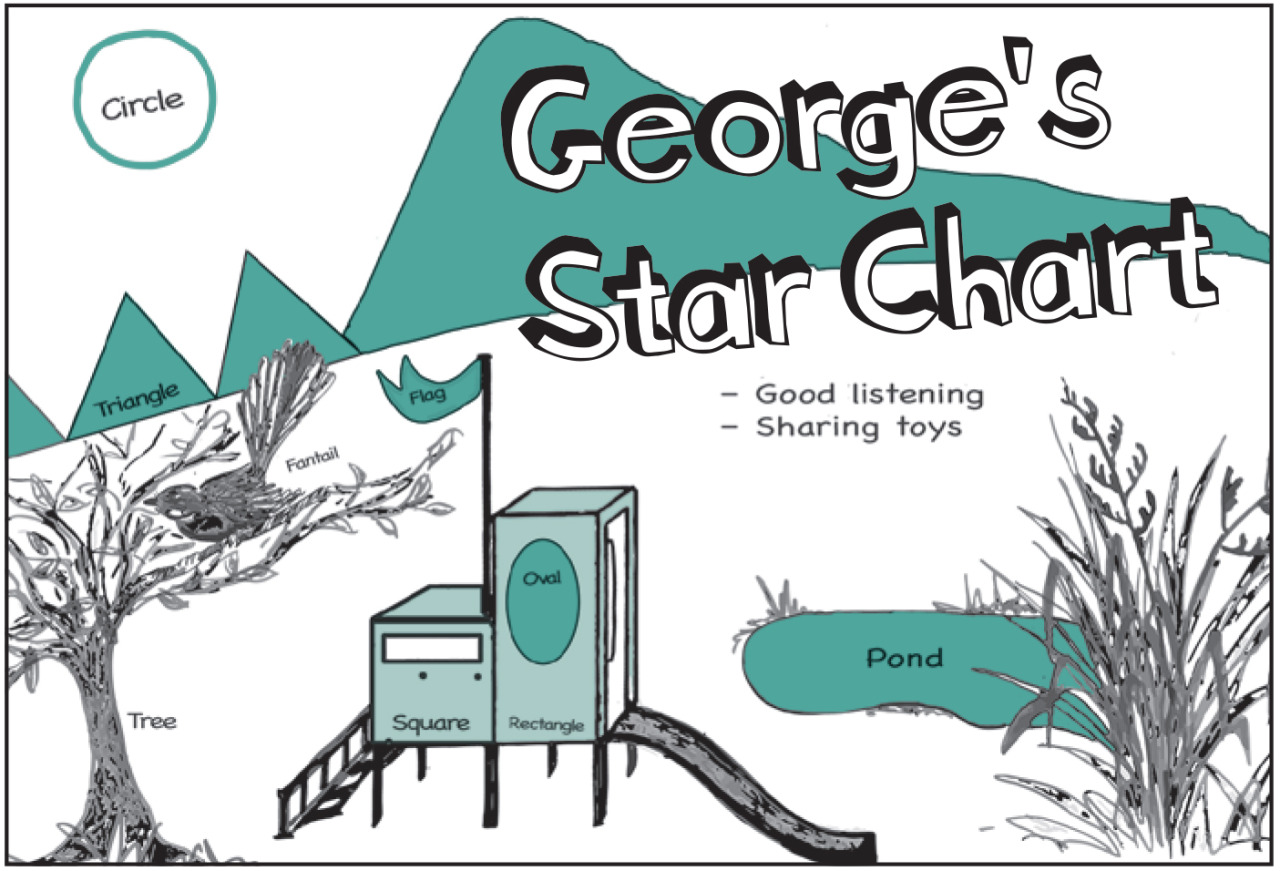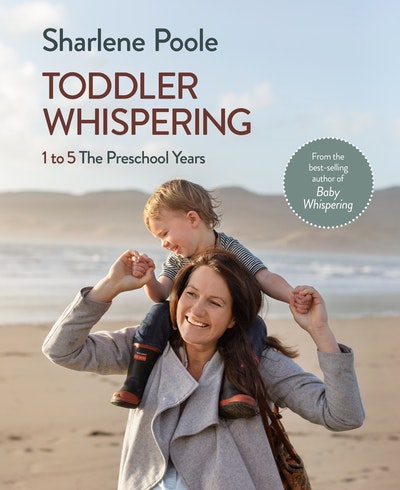An infant star chart is an inviting visual recognition of good behaviour. They are often used from the preschool age but sometimes earlier.
Most people think of a star chart with a weekly grid, having Monday to Sunday down one side and boxes for stickers for each day the child has done what is asked. This is not only boring but ineffective for small children. They are attracted to things that are bright and pleasing to the eye, and could feature something they have a current fixation on!
I like to make star charts for younger children big, bold and colourful, drawing or printing off a picture on an A3 size piece of paper. I make it something to be proud of and really special.
For this age group you can use aspects that they can recognise and get enjoyment from. For example, make the places where the stickers go different shapes or colours, rather than just being all the same. Or it might be that you draw a big dragon and then make the spikes on the spine of the dragon the place to put the stickers. Or you could even just let your child place the sticker anywhere they like.

Depending on the behaviour you are rewarding and recognising, you may be giving them a sticker several times a day or just once a day. To start with, the aim is to gain a certain number of stickers before they get an active reward or physical reward (see more on rewards below). If they are only two-and-a-half to three years old, start with a small number of stickers they need to gain (maybe three, if one a day), then when they are four to five years, you may look at having to accumulate five stickers before each reward. Once you feel that you are making progress, move the rewards out so that they are not getting one as often.
Once your star chart is full, you can move to using the stickers or a stamp on a blank piece of paper next to it. They might want to create their own recognition chart or you can ask them if they would like you to make a new chart.
You can stop using a chart or stickers when the behaviour has reached your expectations, and move on to using just verbal praise and special adventures or moments together.
Once you have extinguished a particular behaviour, I usually suggest to put the chart away and stop using it for a while, so that it remains a useful tool for the future. If you use it for too long or for too many things it can lose its effectiveness.
Top chart tips
- Use the chart to reward behaviours such as good listening, kind hands, going to bed without making a fuss, toilet training, eating well or screen-time boundaries.
- Create a chart that includes an object or topic that they love. You can ask them what they would like, or just surprise them!
- Place the chart in a place that your child will see often throughout the day, like on a kitchen cupboard, the fridge or lounge wall. Sometimes older children like to have it in their rooms.
- Buy stickers or a stamp that is special and attractive, and use it only for this star chart. I suggest you keep them hidden so your child is not tempted by them in between reward times!
- Usually I do not suggest using food as a reward, or spending too much money on them. Some of the best rewards are interactive, like a special trip with Mummy or Daddy or another family member, a beach picnic, dressing up with Mummy’s jewellery, etc. There are times, though, that it might be appropriate to spend a little money and buy something to add to a collection they already have. It depends on the incentive needed to encourage the positive behaviour.














